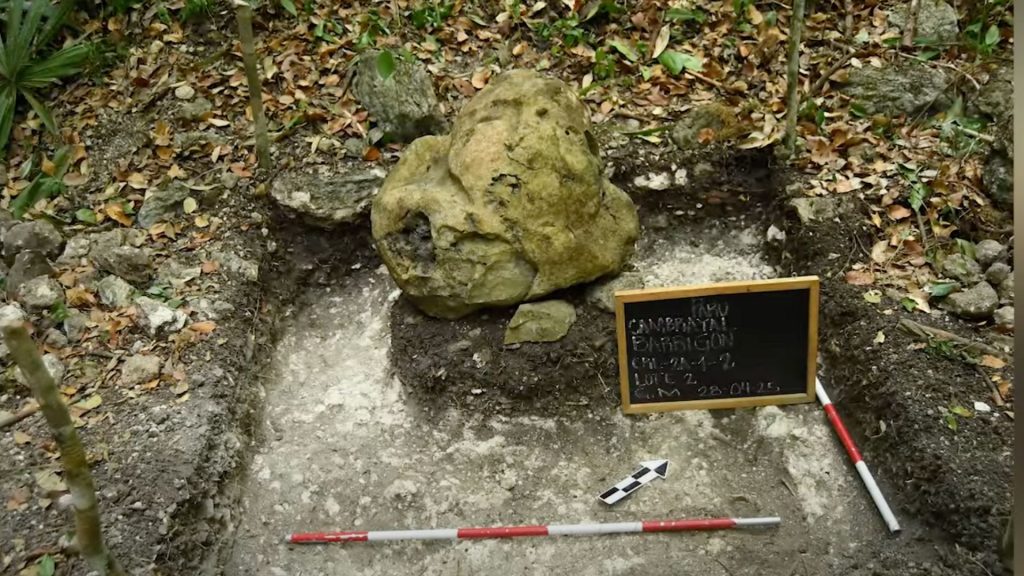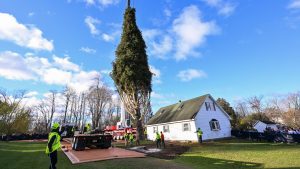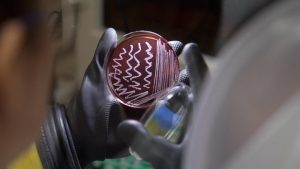Ancient Maya ‘urban triangle’ discovered in Guatemala

Archaeologists say they have uncovered the remains of a nearly 3,000-year-old Maya complex, including sanctuaries, pyramids and a unique canal system, believed to have been part of an important ceremonial site in what is now Guatemala. The country’s culture minister says the new findings could shed more light on the ancient Maya culture.
New ‘urban triangle’ discovered
The complex consists of three previously unknown locations: Los Abuelos, Pental and Cambrayal.
Los Abuelos, which is Spanish for “The Grandparents”, is a newly unearthed city. Experts say it once stood about 13 miles from the important archaeological site of Uaxactún, near the Mexican border.
Archaeologists got the name from two human-like rock sculptures believed to represent an ancestral couple found at the site.
Los Abuelos is believed to have been built somewhere between 800 and 500 BCE and covers about six square miles.
In Pental, east of Los Abuelos, archaeologists also found a 108-foot-tall pyramid. At its peak are two preserved rooms featuring murals depicting various symbolic representations, according to Luis Rodrigo Carrillo, Guatemala’s Vice Minister of Culture and Sports.
At Cambrayal, about three miles away from “The Grandparents,” scientists also identified what they say are “unique” water canals inside a palace.
Unbiased. Straight Facts.TM
Archaeologists say they have unearthed an ancient Maya “urban triangle” that includes sanctuaries, pyramids and a unique canal system in present-day Guatemala.

In a statement, Guatemala’s culture ministry said: “These sites form a previously unknown urban triangle whose existence we were unaware of until now.”
Unearthing the past
The Maya civilization endured for roughly 3,500 years, from around 2,000 BCE to the arrival of Europeans in the 16th century CE. It flourished in what is now southern Mexico and Guatemala, as well as parts of Belize, El Salvador and Honduras.
While the newly discovered ruins date back to the 8th century BCE, archaeologists say that they also shed new light on a “dramatic collapse” of the Maya civilization around the 9th century CE.
New discoveries of Maya sites like this are rare, but advancements in technology have made them possible.
In April, scientists discovered a 1,700-year-old altar containing human remains at Tikal. That find is being interpreted as proof of ties between the Maya and another pre-Hispanic culture separated by more than 800 miles. Although they were discovered in a ruined Maya city, archaeologists believe the altar was decorated by artists from Mexico’s ancient Teotihuacán area.
In recent years, scientists have also been able to detect previously unknown ancient sites using laser mapping technology. That technology has helped reveal the interconnectivity of Maya cities, towns and villages.





